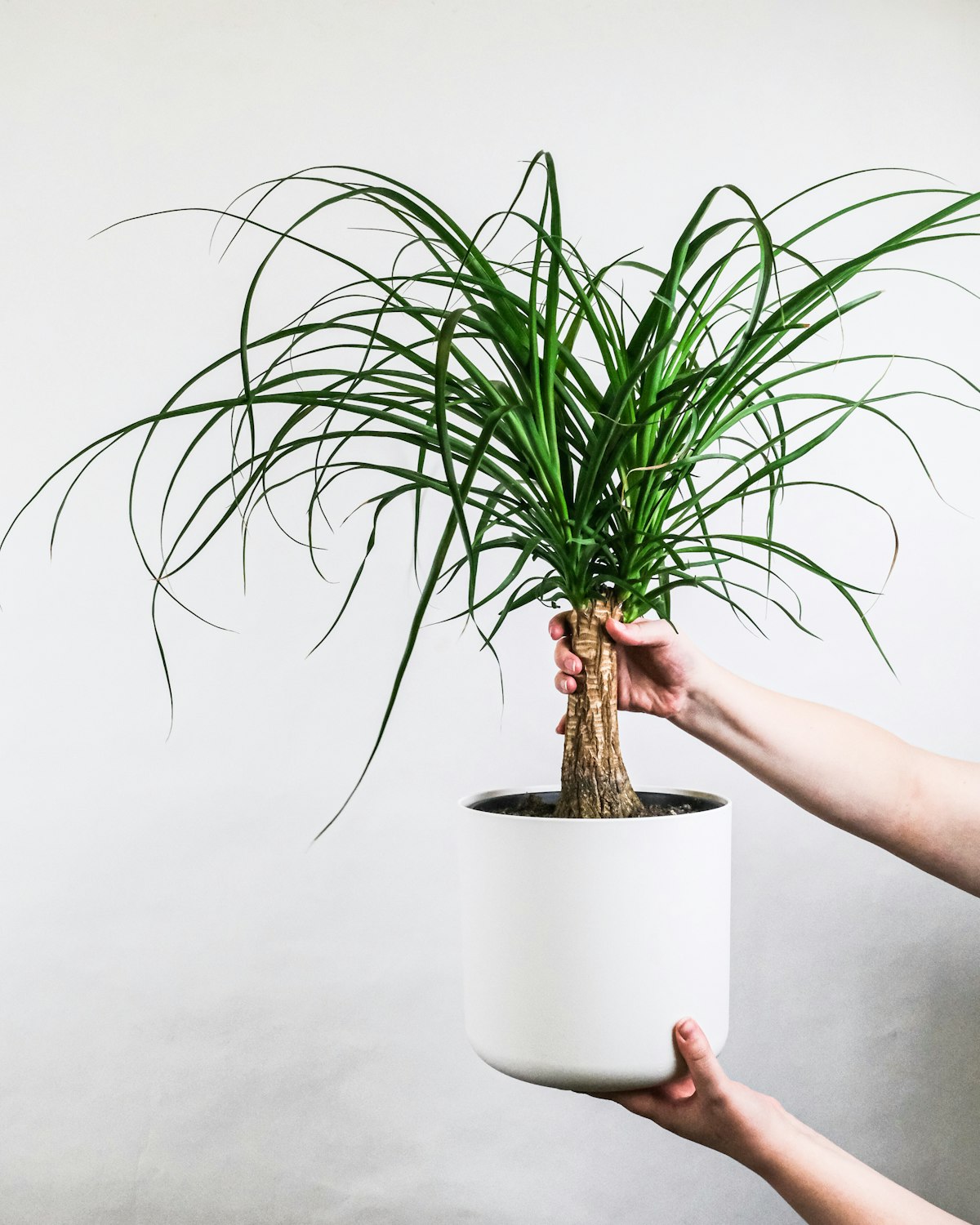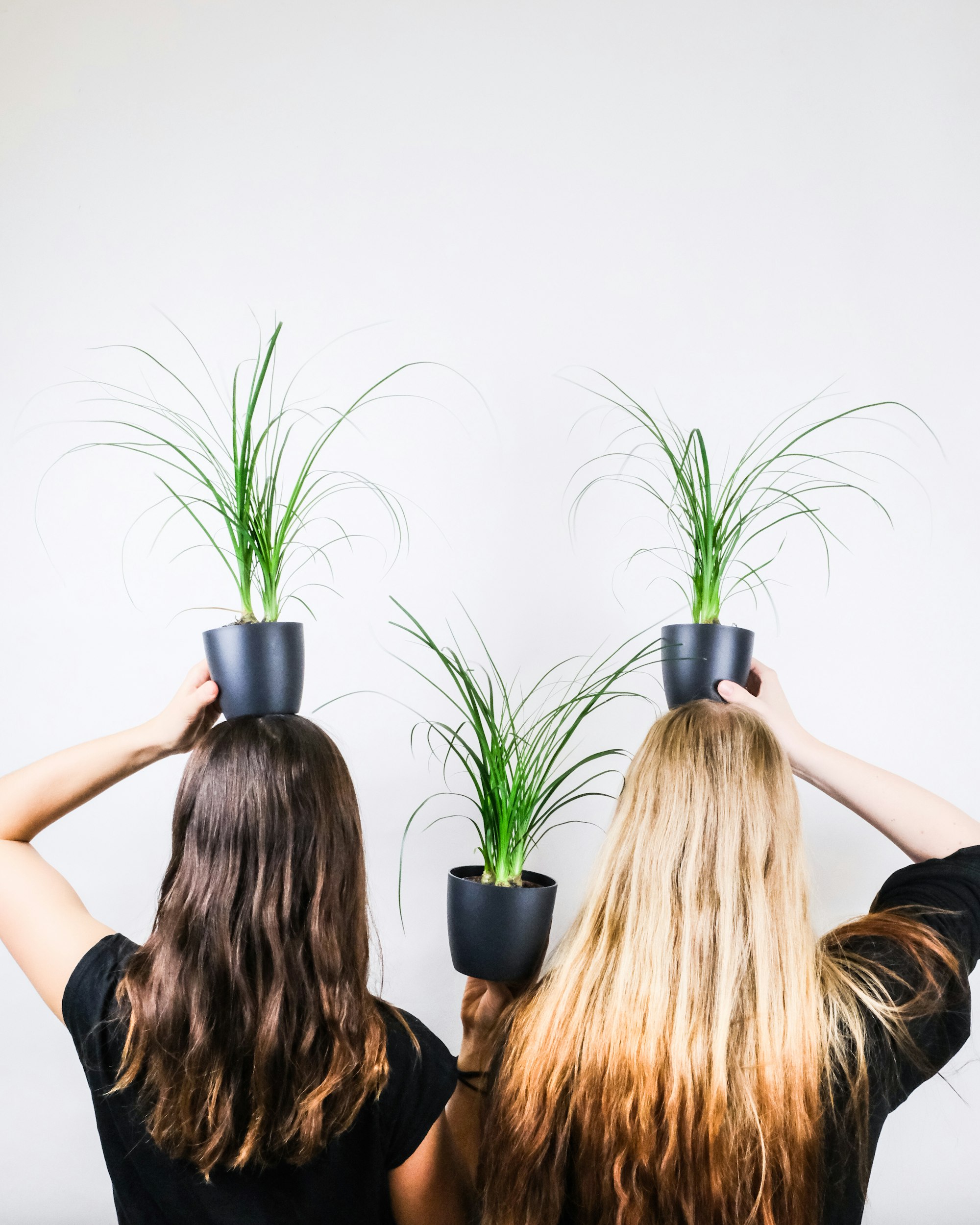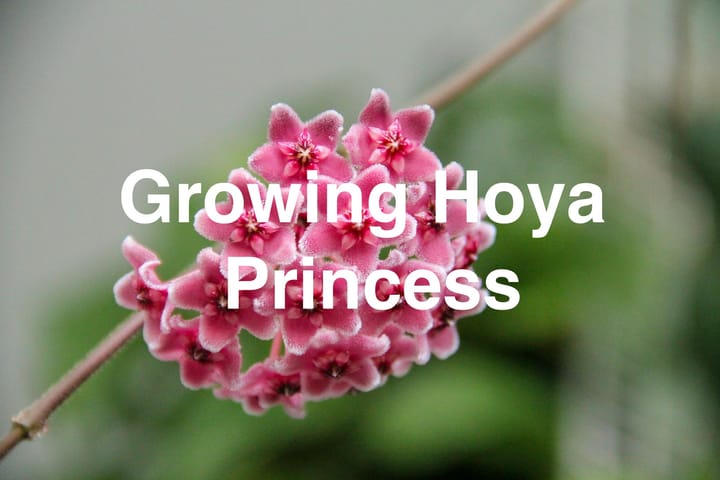How to Grow Ponytail Palm
Ponytail palms are unique, long-lived indoor plants that make a visually stunning addition to your home while being low-maintenance and easy to care for.

Table of Contents
They are characterized by their bulbous trunk, which helps store water, and long, curly leaves, earning them the nickname "elephant foot tree."
Growing a ponytail palm tree in your home is simple, even for those without a green thumb.
By ensuring proper lighting, watering, and potting conditions, you can enjoy the beauty and uniqueness of this plant for years to come.
Remember, these plants require minimal attention and thrive when not overly pampered.
About Ponytail Palm
Ponytail palm (Beaucarnea recurvata) is a unique and versatile plant belonging to the Asparagaceae family, including agave and asparagus.
Despite its name, it is not a true palm but a succulent, featuring a bulbous trunk used for water storage, making it the perfect drought-tolerant houseplant.
When grown as an indoor plant, the ponytail palm remains small enough to be a perfect addition to tabletops, nightstands, and coffee tables.
However, if planted outdoors, it has the potential to grow into a full-size tree resembling a bottle palm tree.
Enjoy this low-maintenance and visually appealing plant in your living space or garden.

Growing Ponytail Palm
Before planting your ponytail palm tree, purchase a healthy plant online or from a local nursery.
Choose a pot larger than the plant's root system to accommodate growth. Remember to pick pots with drainage holes for excess water.
Use a well-draining potting soil for your ponytail palm, such as a succulent potting mix.
When preparing the pot, fill it with soil and gently remove the plant from its existing pot, keeping the stem intact.
Place the plant into the new pot and cover the roots with additional soil. It's now ready to grow and thrive!

Caring for Ponytail Palm
Sun and Temperature
Ponytail Palms thrive in bright light or full sun conditions. Maintain a temperature range of 60-80°F (15-27°C) for optimal growth.
Water and Humidity
Water your Ponytail Palm sparingly, allowing the top inch or two of soil to dry completely before re-watering.
In winter, water occasionally and maintain low humidity levels.
Soil
Prepare a well-draining soil mix for your Ponytail Palm, using one part potting soil, one part perlite, and one part sand.
This helps ensure proper soil drainage and healthy root development.
Fertilizer
Feed your plant sparingly using a specially formulated cactus or succulent fertilizer.
Follow the package instructions for the appropriate amount and application frequency.

Repotting
Wait until your Ponytail Palm is root-bound before repotting. When repotting, select a pot that is only an inch or two (2.5 to 5 cm) wider than the previous one.
Pruning and Propagation
To prune your Ponytail Palm, remove dead leaves and any damaged stems.
Carefully remove offsets or "pups" from the base, apply rooting hormone, and plant them in a well-draining soil mix for propagation.
Troubleshooting Plant Problems
Growing Problems
If your ponytail palm is slow-growing, it may be due to insufficient light. Place your plant in a bright, indirect light spot for better growth.
Root-bound plants can struggle; repot your ponytail palm in a larger container with well-draining soil to provide ample space for its roots.
Overwatering can cause stem rot and yellow leaves. Always ensure proper drainage and water your ponytail palm only when the top 2-3 inches of soil are dry.
Pests and Diseases
Pests, such as spider mites, can infest your ponytail palm. Once identified, treat your plant with insecticidal soap or neem oil to eliminate these pests.

Regularly inspect your plant for signs of infestations.
Diseases like root rot occur when the plant is overwatered. Adjust your watering schedule and provide proper drainage to alleviate these issues.
Companion Planting
Companion planting can be beneficial for your ponytail palm. Pair it with similar light and water requirements, like snake plants or cacti.
This creates a harmonious environment and promotes healthy growth for all your indoor plants.
Conclusion
Your Ponytail Palm tree can thrive indoors and outdoors with proper care and attention.
Choose a well-draining soil, always be mindful of its watering needs, and provide ample sunlight for optimal growth.
Remember that Ponytail Palms are resilient plants that can adapt to various conditions.
Following the care tips outlined earlier, you can enjoy your unique, long-lived plant for years.
Frequently Asked Questions
What is the ideal sunlight exposure for ponytail palms?
Ponytail palms thrive in bright sunlight and can tolerate direct sun for a few hours daily.
However, they can also adapt to lower light conditions, but their growth might be slower.
What type of soil is best for growing ponytail palms?
Well-draining soil is essential for ponytail palms, as they are susceptible to root rot.
Use a blend of cactus or succulent mix and general-purpose potting soil to ensure proper drainage.
How often should you water a ponytail palm?
Water ponytail palms sparingly but thoroughly, allowing the soil to dry out completely between waterings.
Overwatering can cause root rot, so monitoring the soil moisture is essential.
When and how to prune a ponytail palm?
Prune your ponytail palm when its leaves become yellow or brown.
Remove any dead or damaged parts using sharp, clean pruning shears cutting close to the trunk without causing injury.
Should you fertilize a ponytail palm, and with what?
Fertilizing your ponytail palm is not crucial, but it can encourage growth.
Use a balanced, slow-release fertilizer in spring and summer, following the manufacturer's instructions for application rates.
How do you propagate ponytail palms using pups?
Propagate ponytail palms by removing pups, the small offshoots growing around the base of the plant.
Gently separate pups from the parent plant and transplant them into well-draining soil, placing them in bright, indirect light to promote root development.



